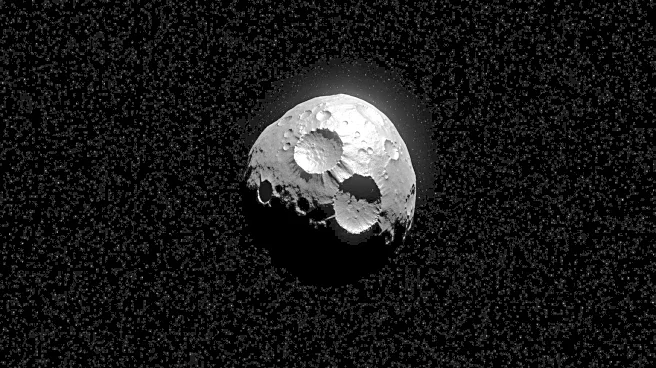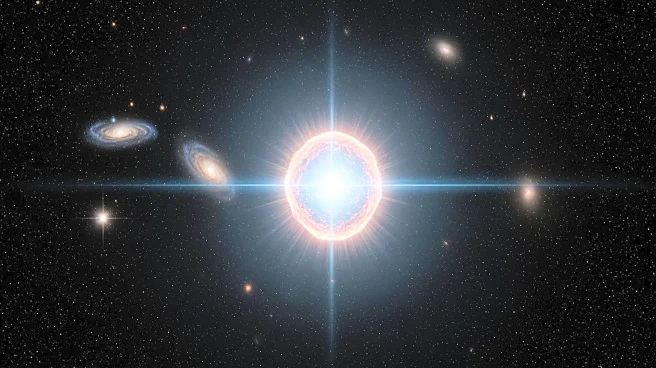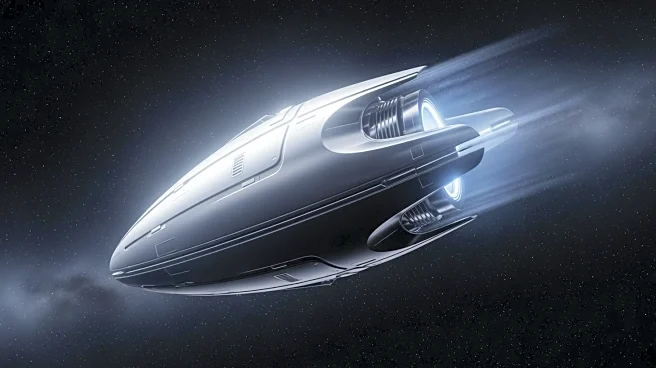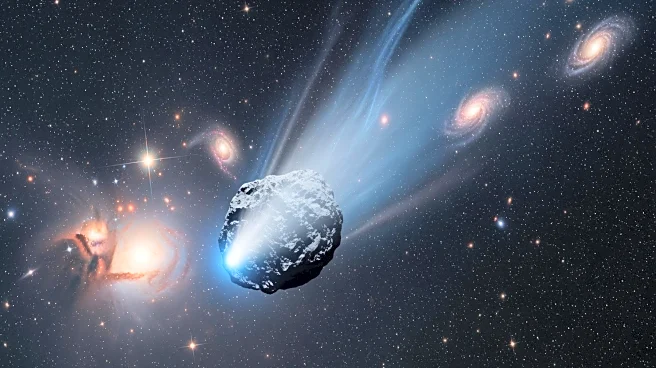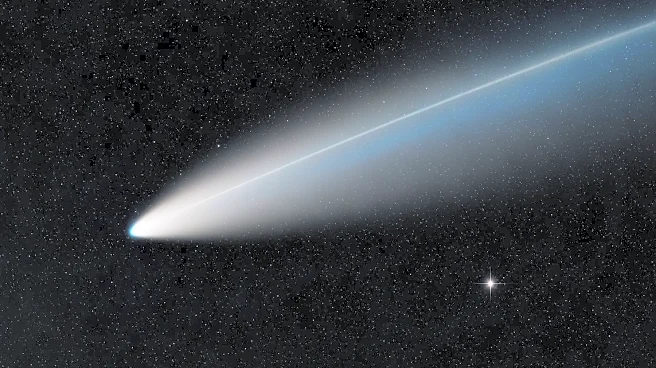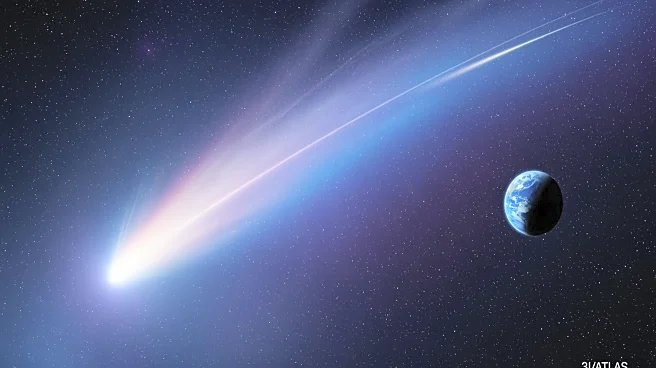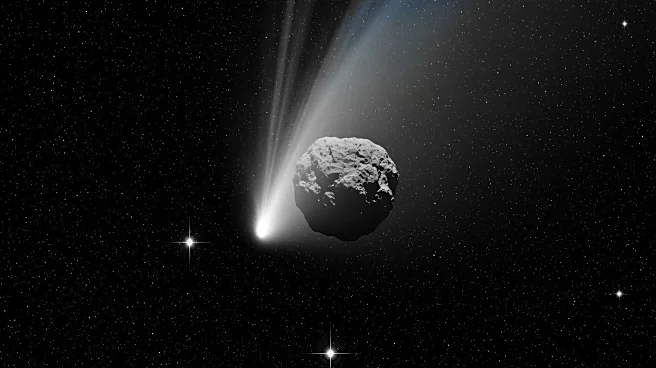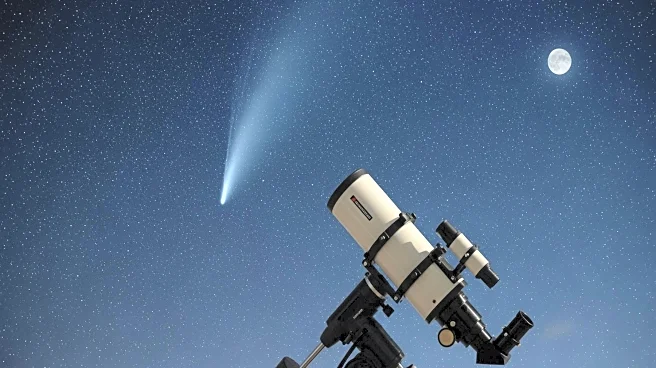What's Happening?
Recent images of the interstellar object 3I/ATLAS, taken after its perihelion passage, show no clear cometary tail. Despite expectations of a massive coma due to non-gravitational acceleration, the images reveal a compact source of light. The object has
displayed several anomalies, including a retrograde trajectory and unusual gas composition. These features have sparked interest and speculation about its nature.
Why It's Important?
The lack of a cometary tail challenges conventional understanding of cometary behavior and raises questions about the object's composition and origin. The anomalies observed in 3I/ATLAS may provide insights into interstellar objects and their potential differences from solar system comets. Understanding these differences is crucial for studying the formation and evolution of celestial bodies.
What's Next?
Further observations and analysis will focus on understanding the anomalies displayed by 3I/ATLAS. Researchers may explore alternative explanations for its behavior and composition, potentially leading to new theories about interstellar objects. The scientific community will continue to monitor the object as it moves away from the solar system.
